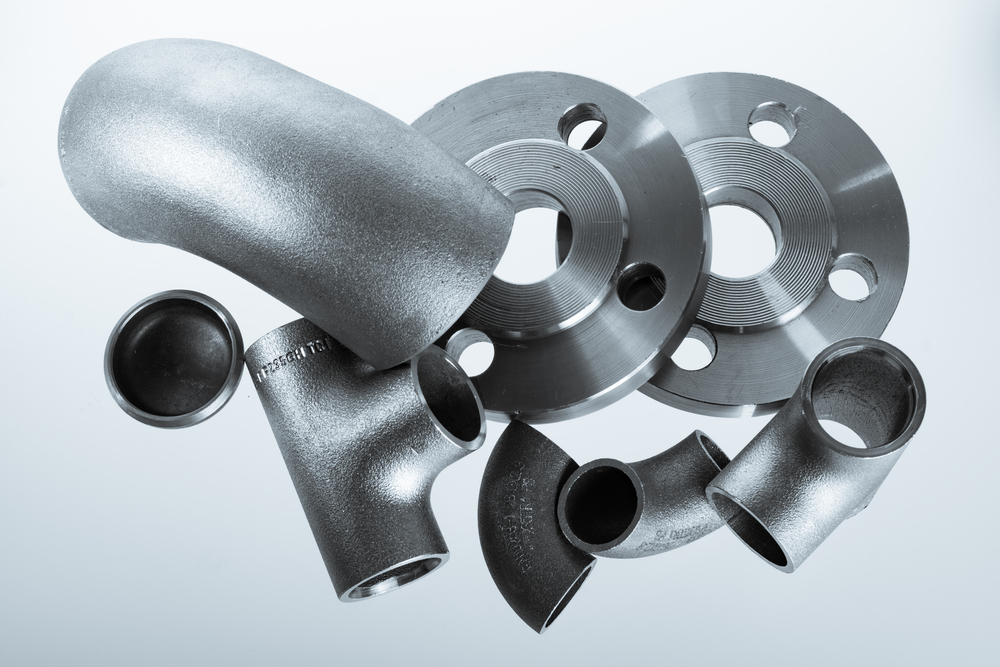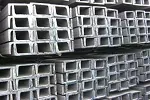Singapore has a strong infrastructure and advanced engineering; the country puts much value on the quality and accuracy of its construction products, especially in the case of pipe fitting Singapore. It is essential for novices moving into the realm of construction or DIY projects to know the fundamentals of pipe fitting.
This guide seeks to deconstruct the fundamentals of pipe fitting - from different types of fittings to its materials and procedures - it lays a firm foundation for those new to the field. We will discuss the main things concerning pipe fitting in easily understandable terms, simplifying some of the necessary concepts.

Fitting Types
Pipe fittings connect straight pipe lengths, adapt to size changes or enable directional adjustments. Common fitting varieties include:
Elbows: 90° or 45° turns
Tees and Crosses: Junctions and branches
Reducers: Transition between different diameters

Caps and Plugs: Closed ends
Unions: Detachable joints
Flanges: Bolted end connections
Understand the flow scheme to select suitable fittings fabrications. Expert metal fabricators in Singapore, like Kian Huat Metal, provide custom fabrication for unique requirements, too.
Materials
Stainless steel resists corrosion from conveying aggressive fluids. Mild steel suffices for non-critical applications to control costs. Specifying higher schedule pipes also provides thicker, sturdier fittings.
Each fitting is created from different materials and intended for various uses and environments. The most commonly used materials are:
Durable and corrosion-resistant stainless steel.
Galvanised steel, suitable for outdoor or humid applications.
PVC and CPVC are two light materials for non-harmful liquids.
Heating systems: brass and copper.
Choose reputable brands of stainless steel and mild steel pipes that meet local SS or MS standards. This assures uniform hardness and integrity for durable fittings.
Specification
Measure pipe diameters precisely to order the correct fitting size - typically ±0.5mm tolerance suffices. Small inconsistencies can prevent proper joint sealing. Record lengths between connections to cut pipes accurately.
Categorise fittings by orientation too - horizontal runs may need support brackets. There are also specific roof, wall and floor penetrations. Discuss your layout with an expert metal supplier in Singapore.
Joining Methods
Screwed fittings are easiest for small, low-pressure applications. Welding forms robust, permanent joins but requires skill. Flanged connections enable convenient inspection and disassembly.
Grooved or compression couplings balance simplicity and security for liquid and gas systems. Always follow manufacturer guidance on appropriate joint types by media, pressure and temperature.
Testing
Before commissioning pipe networks, pressure test fittings systematically to validate proper installation and zero leak integrity with built-in safety factors. Engage reputable contractors certified by the authorities to ensure regulatory compliance.
Conclusion
Pipe fitting in Singapore is a skill that takes time, accuracy, and an understanding of the basics. For beginners, understanding the types of fittings, materials, techniques, measurement, and maintenance may lay the foundation for many other successful projects.
Whether you are a do-it-yourself fanatic or a professional, ensure that your material is sourced from a reputable Metal Supplier in Singapore, such as Kian Huat Metal, which can offer quality products and sound advice. Correctly armed with knowledge and resources, your passage into the realm of pipe fitting will be a pleasant and fulfilling experience.